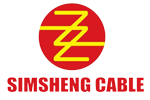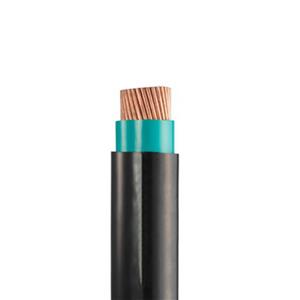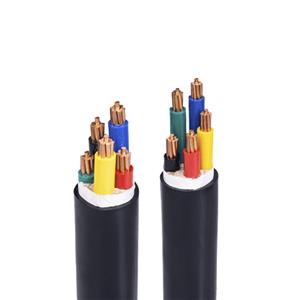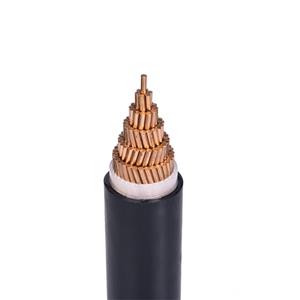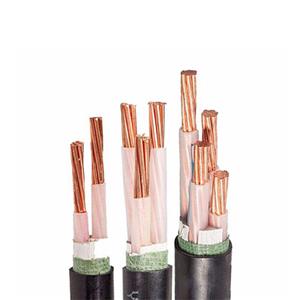How to distinguish the quality of wire and cable
In recent years, news about counterfeit and shoddy cable products has emerged in an endless stream. There are two main ways to identify the quality of wire and cable.
The first observation method is to see whether there is a quality system certification; see whether the certificate is standardized; see whether there is a factory name, factory address, inspection stamp, production date; see whether there are trademarks, specifications, voltages, etc. printed on the wire and cable. The main methods are:
1. Recognize the mark of the certificate. When purchasing, be sure to check whether there is a "3C" certification mark on the certificate, model specifications, rated voltage, length, date of manufacture, certification number, inspection, implementation standards, factory name, factory address, etc. Is the identification clear.
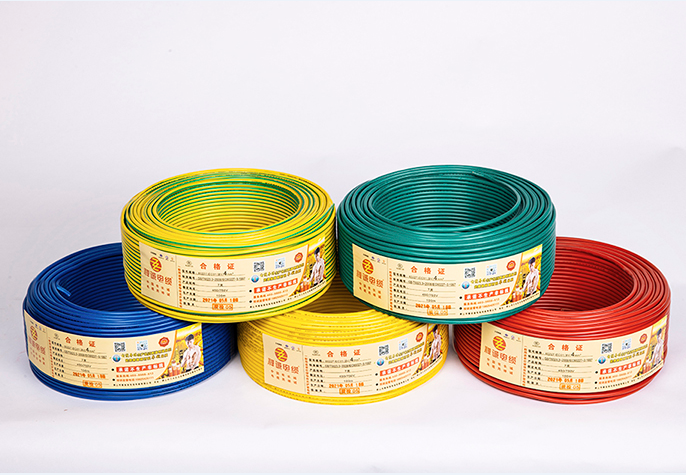
2. Pay attention to the packaging. When purchasing, pay attention to the exquisite packaging, clear printing, complete model specifications, factory name, factory address, etc. Fake and shoddy wires and cables are often "three no products", but they also have ambiguous origins and other marks on them, such as made in China, made in a certain province or city in China, etc., which is actually equivalent to not marking the origin.
3. Check the appearance. When purchasing, pay attention to check that the appearance should be smooth and round, the color should be uniform, and the hand feeling should be good. If it is a rubber wire and cable, the sheath and insulation can be burned with cigarette butts, and the surface is completely intact.
Fourth, check the conductor, the conductor must have a certain luster and moderate flexibility, and the resulting size of the conductor must meet the requirements of the national standard. The cross section of the copper core of the wire and cable, the first-class copper is bright in color and soft in color, otherwise it is a defective product.
5. Check the length. When purchasing weak current cables, do not be greedy for cheap prices. When purchasing wires and cables with only 90m or 80m, or even no length mark, the length must meet the standard requirements of 100 (+/-) 0.5m.
6. Looking at the PVC sheath, the surface can see the regular "unevenness" of the woven mesh inside. It shows that the processing technology is good, there will be no relative sliding, and it is a good cable. The appearance is smooth, and the "unevenness" of the compressed braided net cannot be seen, and the sheath is loose when pinched by hand, which is a poor cable.
7. Check the braiding of the shielding layer, whether the number of braids is enough for copper braiding, check the solderability, and scrape the tinned copper wire to see if it is copper wire. The hardness of the aluminum-magnesium alloy wire is obviously greater than that of the copper wire; Uneven, not tightly wrapped with insulation, etc. are poor cables.
Another test method is to take a wire and cable head and bend it repeatedly by hand. Those with soft hand feel, good fatigue resistance, plastic or rubber feel elastic, and no cracks on the wire and cable insulators are superior products. The main methods are:
1. Weigh the weight. Good quality wires and cables are generally within the specified weight range. For example, the commonly used plastic insulated single-strand copper core wire with a cross-sectional area of 1.5mm2 weighs 1.8-1.9kg per 100m; the plastic-insulated single-strand copper core wire of 2.5mm2 weighs 2.8-3.0kg per 100m; Insulated single-strand copper core wire, the weight per 100m is 4.1~4.2kg, etc. Poor-quality wires and cables have insufficient weight, either insufficient length, or too many impurities in the copper core of the wires and cables.
Second, try the toughness, the copper core of qualified copper core wire and cable should be purple, shiny and soft to the touch. The copper core of the fake and inferior copper core wire is purple-black, yellowish or white, with many impurities, poor mechanical strength and poor toughness. When checking, just peel off one end of the wire and cable 2cm, and then rub a piece of white paper on the copper core. If there is black material on the white paper, it means that there are more impurities in the copper core.
In addition, the insulation layer of fake and inferior wires and cables seems to be very thick, but in fact, most of them are made of recycled plastics. The products produced by this material have poor toughness, poor damage resistance, and are easy to peel off and crack. Over time, the insulation layer will age. And leakage, resulting in safety accidents.
3. Check the adhesion force between the core wire and the insulating layer, cut the insulating layer diagonally and pull the core wire in the peeling direction to see if the core wire and the insulating layer have adhesion process materials; good cables have larger adhesion force, poor cables No adhesion.
4. Longitudinal tensile test, take one meter of cable and peel off the core wire, insulating layer, shielding layer, and outer cover in layers, each with a length of 10 cm. The method is: hold the two adjacent layers of the cable with two hands and pull in opposite directions; good cables cannot be pulled with general force, but poor cables can be easily pulled out without much effort. Elevator cables are very important, and many so-called "" "Elevator special cables" all have this problem.
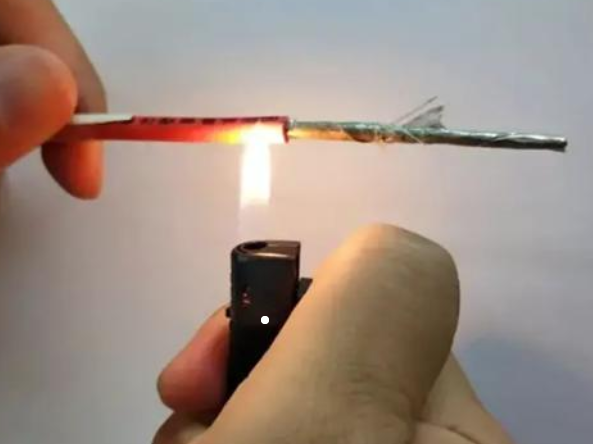
5. Test with fire,the PVC cable , such as BV, RVV and other copper wires can also be identified by fire. First, expose the copper wire of the wire and burn it with a lighter, and it will appear. The real copper wire is very resistant to high temperature. If it is burned for more than a minute, except the color may change a little, there is no problem; if it is copper-clad aluminum, copper-clad aluminum-magnesium alloy will bend quickly; if it is copper-clad steel, The kind of copper and iron that is burned and scraped with a knife will appear.
